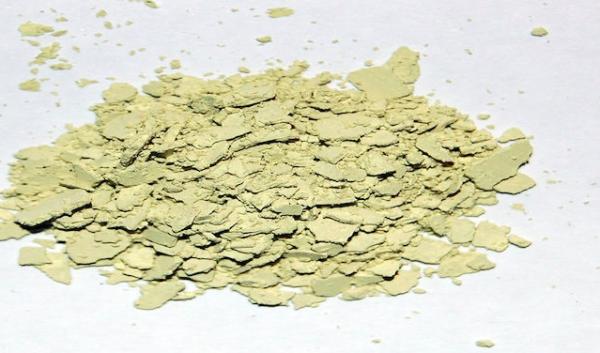Reprinted by permission of McGill University Office for Science and Society.
###
Four hundred years ago, Belgian physician, Johann Baptist Van Helmont was persecuted by the Roman Catholic Church for promoting the use of the "Powder of Sympathy", a concoction that was supposed to treat wounds by applying it to a dressing that had previously covered the wound. The exact nature of the substance varied, but iron or copper sulfate seem to have been common ingredients.
This silliness was first proposed by physician and scoundrel Sir Kenelm Digby, but Van Helmont bought into the idea. Somehow the effect of the powder on the bloody dressing was to be communicated to the blood still in the body. Why these metal sulfates were supposed to have an effect on the blood at all isn’t clear. The Catholic Church interpreted the powder of sympathy idea as the promotion of superstition and persecuted Van Helmont for his beliefs. Actually, Van Helmont did not believe the practice to be supernatural, he thought it was a natural phenomenon.
Such curious views were not unusual at the time, in fact, Paracelsus, who was one of the first physicians to use specific drugs for specific diseases also believed that treating a sword that had caused a wound would help the wound heal. He described an ointment consisting essentially of the moss on the skull of a man who had died a violent death, combined with boar's and bear's fat, burnt worms, dried boar's brain, red sandal-wood and mummy, which was to be applied to the weapon that had inflicted the wound.
The Royal Navy in 1687 actually tested the notion of sympathetic powder. A dog was wounded and sent off to sea while its bandage remained in London. At a prescribed time the bandage would be treated with the powder and the dog was to feel the effect.
Apparently, it did not, because the navy did not pursue the practice. Although the belief in the Powder of Sympathy tarnishes Van Helmont’s scientific reputation, he did make some valuable contributions to science. He was the first to systematically study the production of gases in chemical reactions. He realized that when charcoal burned it released what he called “a wild spirit.”
This, of course, was carbon dioxide. Van Helmont even introduced the word gas into the English language, apparently deriving it from the Greek term for chaos. He studied other gases as well. A red gas, which we know as nitrogen dioxide, was released when nitric acid, then known as “aqua fortis” was poured onto silver. Burning sulphur released sulphur dioxide. He even found that intestinal gas was flammable. And Van Helmont showed that burning gunpowder in a closed vessel caused an explosion because of the production of gases. In spite of these important findings, we best remember Van Helmont for his classic misinterpretation of his famous “tree experiment.” Believing that trees were composed of water, he designed an experiment to test the hypothesis. He weighed out exactly 200 pounds of earth, moistened it with water and planted a small willow tree weighing five pounds.
For five years he judiciously watered it and watched the tree grow. Then Helmont weighed the soil, which still weighed the original 200 pounds, and weighed the tree to be 169 pounds. He concluded that the extra 164 pounds must have come from the weight of water added. Amazingly, the man who spent much of his life studying gases, did not realize that the tree was taking up carbon dioxide from the air! He had made an interesting observation but came to the wrong conclusion.
The original McGill University OSS post can be found here.




